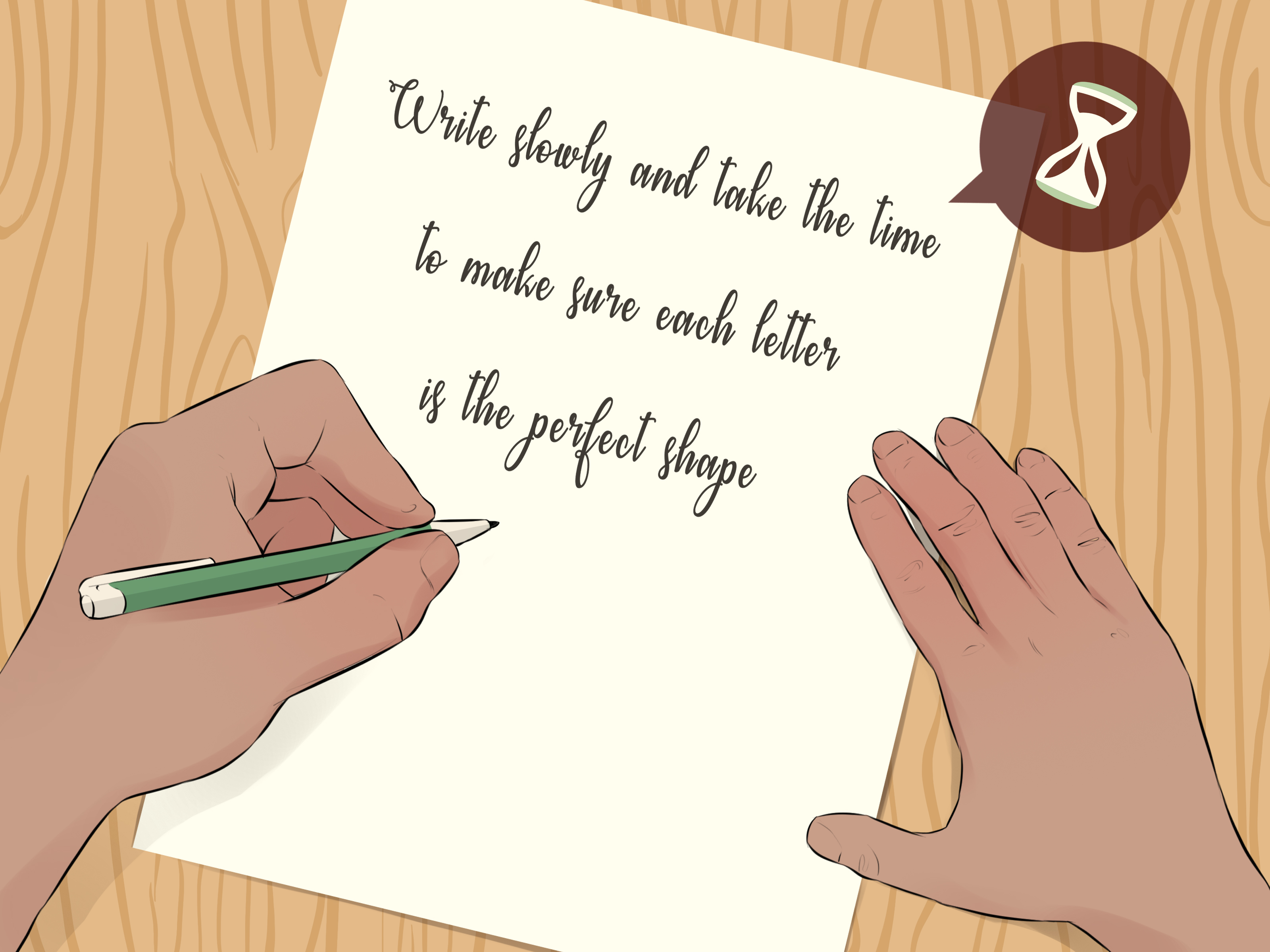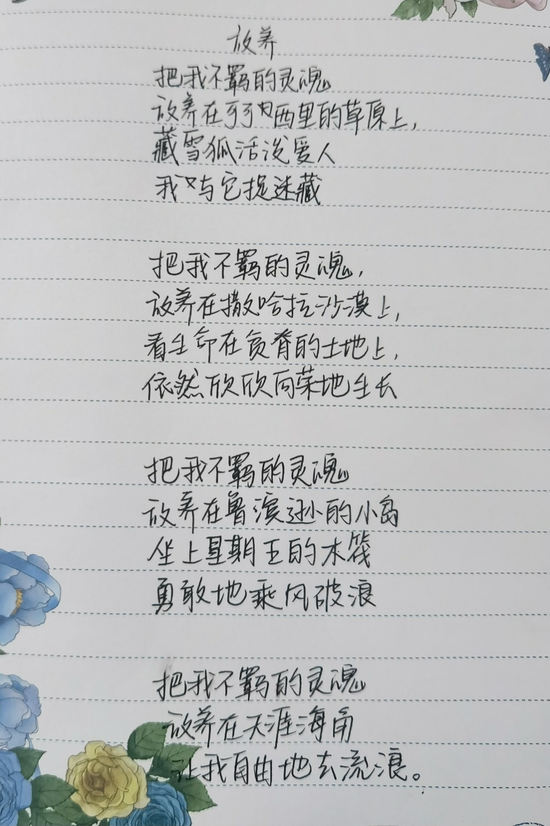Code
from google import genai
import keyring
from PIL import Image
import torchvision.transforms as T
from torchvision.transforms.functional import InterpolationMode
import sys
import pickle
import math
import numpy as np
import torchTony D
April 21, 2025
A demonstration of how to perform OCR using both online (Gemini 2.5) and offline (InternVL3 1B) AI models, with Python code examples for text extraction from images in both English and Chinese.
This document demonstrates how to perform Optical Character Recognition (OCR) using both online and offline AI models. It provides Python code examples for extracting text from images in both English and Chinese using the Gemini 2.5 API. Additionally, it includes instructions and code for setting up and using the InternVL3 1B model locally, including functions for image preprocessing and model splitting. This guide is a valuable resource for anyone looking to implement OCR in their projects.
with Gemini 2.5 online/InternVL3 offline
List models


https://huggingface.co/OpenGVLab/InternVL3-8B-hf
If using better model will increase accuracy
testing
IMAGENET_MEAN = (0.485, 0.456, 0.406)
IMAGENET_STD = (0.229, 0.224, 0.225)
def build_transform(input_size):
MEAN, STD = IMAGENET_MEAN, IMAGENET_STD
transform = T.Compose([
T.Lambda(lambda img: img.convert('RGB') if img.mode != 'RGB' else img),
T.Resize((input_size, input_size), interpolation=InterpolationMode.BICUBIC),
T.ToTensor(),
T.Normalize(mean=MEAN, std=STD)
])
return transform
def find_closest_aspect_ratio(aspect_ratio, target_ratios, width, height, image_size):
best_ratio_diff = float('inf')
best_ratio = (1, 1)
area = width * height
for ratio in target_ratios:
target_aspect_ratio = ratio[0] / ratio[1]
ratio_diff = abs(aspect_ratio - target_aspect_ratio)
if ratio_diff < best_ratio_diff:
best_ratio_diff = ratio_diff
best_ratio = ratio
elif ratio_diff == best_ratio_diff:
if area > 0.5 * image_size * image_size * ratio[0] * ratio[1]:
best_ratio = ratio
return best_ratio
def dynamic_preprocess(image, min_num=1, max_num=12, image_size=448, use_thumbnail=False):
orig_width, orig_height = image.size
aspect_ratio = orig_width / orig_height
# calculate the existing image aspect ratio
target_ratios = set(
(i, j) for n in range(min_num, max_num + 1) for i in range(1, n + 1) for j in range(1, n + 1) if
i * j <= max_num and i * j >= min_num)
target_ratios = sorted(target_ratios, key=lambda x: x[0] * x[1])
# find the closest aspect ratio to the target
target_aspect_ratio = find_closest_aspect_ratio(
aspect_ratio, target_ratios, orig_width, orig_height, image_size)
# calculate the target width and height
target_width = image_size * target_aspect_ratio[0]
target_height = image_size * target_aspect_ratio[1]
blocks = target_aspect_ratio[0] * target_aspect_ratio[1]
# resize the image
resized_img = image.resize((target_width, target_height))
processed_images = []
for i in range(blocks):
box = (
(i % (target_width // image_size)) * image_size,
(i // (target_width // image_size)) * image_size,
((i % (target_width // image_size)) + 1) * image_size,
((i // (target_width // image_size)) + 1) * image_size
)
# split the image
split_img = resized_img.crop(box)
processed_images.append(split_img)
assert len(processed_images) == blocks
if use_thumbnail and len(processed_images) != 1:
thumbnail_img = image.resize((image_size, image_size))
processed_images.append(thumbnail_img)
return processed_images
def load_image(image_file, input_size=448, max_num=12):
image = Image.open(image_file).convert('RGB')
transform = build_transform(input_size=input_size)
images = dynamic_preprocess(image, image_size=input_size, use_thumbnail=True, max_num=max_num)
pixel_values = [transform(image) for image in images]
pixel_values = torch.stack(pixel_values)
return pixel_values
def split_model(model_name):
device_map = {}
world_size = torch.cuda.device_count()
config = AutoConfig.from_pretrained(model_path, trust_remote_code=True)
num_layers = config.llm_config.num_hidden_layers
# Since the first GPU will be used for ViT, treat it as half a GPU.
num_layers_per_gpu = math.ceil(num_layers / (world_size - 0.5))
num_layers_per_gpu = [num_layers_per_gpu] * world_size
num_layers_per_gpu[0] = math.ceil(num_layers_per_gpu[0] * 0.5)
layer_cnt = 0
for i, num_layer in enumerate(num_layers_per_gpu):
for j in range(num_layer):
device_map[f'language_model.model.layers.{layer_cnt}'] = i
layer_cnt += 1
device_map['vision_model'] = 0
device_map['mlp1'] = 0
device_map['language_model.model.tok_embeddings'] = 0
device_map['language_model.model.embed_tokens'] = 0
device_map['language_model.output'] = 0
device_map['language_model.model.norm'] = 0
device_map['language_model.model.rotary_emb'] = 0
device_map['language_model.lm_head'] = 0
device_map[f'language_model.model.layers.{num_layers - 1}'] = 0
return device_map

---
title: "AI图片识别文字"
subtitle: "AI Optical character recognition"
author: "Tony D"
date: "2025-04-21"
categories:
- AI
- R
- Python
execute:
warning: false
error: false
image: 'images/001.png'
---
A demonstration of how to perform OCR using both online (Gemini 2.5) and offline (InternVL3 1B) AI models, with Python code examples for text extraction from images in both English and Chinese.
This document demonstrates how to perform Optical Character Recognition (OCR) using both online and offline AI models. It provides Python code examples for extracting text from images in both English and Chinese using the Gemini 2.5 API. Additionally, it includes instructions and code for setting up and using the InternVL3 1B model locally, including functions for image preprocessing and model splitting. This guide is a valuable resource for anyone looking to implement OCR in their projects.
with Gemini 2.5 online/InternVL3 offline
# Using Gemini 2.5 online
```{python}
from google import genai
import keyring
from PIL import Image
import torchvision.transforms as T
from torchvision.transforms.functional import InterpolationMode
import sys
import pickle
import math
import numpy as np
import torch
```
```{python}
#| echo: false
import pickle
f = open('store.pckl', 'rb')
response_gemini_en,response_gemini,response_en,response = pickle.load(f)
f.close()
```
```{python}
#| eval: false
client = genai.Client(api_key=keyring.get_password("system", "google_ai_api_key"))
```
List models
```{python}
#| eval: false
print("List of models:\n")
for m in client.models.list():
for action in m.supported_actions:
# if action == "generateContent":
print(m.name+" "+ action)
```
## English Extract

```{python}
#| eval: false
image = Image.open("images/english.jpg")
response_gemini_en = client.models.generate_content(
model="gemini-2.5-pro-exp-03-25",
contents=[image, "Extract text from image"])
```
```{python}
print(response_gemini_en.text)
```
## Chinese Extract

```{python}
#| eval: false
image = Image.open("images/chinese.png")
response_gemini = client.models.generate_content(
model="gemini-2.5-pro-exp-03-25",
contents=[image, "提取图上的文字"])
```
```{python}
print(response_gemini.text)
```
# Using InternVL3 1B model offline
https://huggingface.co/OpenGVLab/InternVL3-8B-hf
If using better model will increase accuracy
```{python}
#| eval: false
print(sys.version)
```
```{python}
#| eval: false
pip install --upgrade transformers
pip install einops timm
pip install -U bitsandbytes
```
```{python}
#| eval: false
import os
os.system('pip show transformers')
```
```{python}
#| eval: false
import torch
from transformers import AutoTokenizer, AutoModel,pipeline
path = "OpenGVLab/InternVL3-1B"
model = AutoModel.from_pretrained(path,torch_dtype=torch.bfloat16,trust_remote_code=True).eval()
tokenizer = AutoTokenizer.from_pretrained(path, trust_remote_code=True)
```
```{python}
generation_config = dict(max_new_tokens=1024, do_sample=True)
```
testing
```{python}
#| eval: false
question = 'Hello, who are you?'
response, history = model.chat(tokenizer, None, question, generation_config, history=None, return_history=True)
print(f'User: {question}\nAssistant: {response}')
```
## single-image single-round conversation (单图单轮对话)
```{python}
#| eval: false
IMAGENET_MEAN = (0.485, 0.456, 0.406)
IMAGENET_STD = (0.229, 0.224, 0.225)
def build_transform(input_size):
MEAN, STD = IMAGENET_MEAN, IMAGENET_STD
transform = T.Compose([
T.Lambda(lambda img: img.convert('RGB') if img.mode != 'RGB' else img),
T.Resize((input_size, input_size), interpolation=InterpolationMode.BICUBIC),
T.ToTensor(),
T.Normalize(mean=MEAN, std=STD)
])
return transform
def find_closest_aspect_ratio(aspect_ratio, target_ratios, width, height, image_size):
best_ratio_diff = float('inf')
best_ratio = (1, 1)
area = width * height
for ratio in target_ratios:
target_aspect_ratio = ratio[0] / ratio[1]
ratio_diff = abs(aspect_ratio - target_aspect_ratio)
if ratio_diff < best_ratio_diff:
best_ratio_diff = ratio_diff
best_ratio = ratio
elif ratio_diff == best_ratio_diff:
if area > 0.5 * image_size * image_size * ratio[0] * ratio[1]:
best_ratio = ratio
return best_ratio
def dynamic_preprocess(image, min_num=1, max_num=12, image_size=448, use_thumbnail=False):
orig_width, orig_height = image.size
aspect_ratio = orig_width / orig_height
# calculate the existing image aspect ratio
target_ratios = set(
(i, j) for n in range(min_num, max_num + 1) for i in range(1, n + 1) for j in range(1, n + 1) if
i * j <= max_num and i * j >= min_num)
target_ratios = sorted(target_ratios, key=lambda x: x[0] * x[1])
# find the closest aspect ratio to the target
target_aspect_ratio = find_closest_aspect_ratio(
aspect_ratio, target_ratios, orig_width, orig_height, image_size)
# calculate the target width and height
target_width = image_size * target_aspect_ratio[0]
target_height = image_size * target_aspect_ratio[1]
blocks = target_aspect_ratio[0] * target_aspect_ratio[1]
# resize the image
resized_img = image.resize((target_width, target_height))
processed_images = []
for i in range(blocks):
box = (
(i % (target_width // image_size)) * image_size,
(i // (target_width // image_size)) * image_size,
((i % (target_width // image_size)) + 1) * image_size,
((i // (target_width // image_size)) + 1) * image_size
)
# split the image
split_img = resized_img.crop(box)
processed_images.append(split_img)
assert len(processed_images) == blocks
if use_thumbnail and len(processed_images) != 1:
thumbnail_img = image.resize((image_size, image_size))
processed_images.append(thumbnail_img)
return processed_images
def load_image(image_file, input_size=448, max_num=12):
image = Image.open(image_file).convert('RGB')
transform = build_transform(input_size=input_size)
images = dynamic_preprocess(image, image_size=input_size, use_thumbnail=True, max_num=max_num)
pixel_values = [transform(image) for image in images]
pixel_values = torch.stack(pixel_values)
return pixel_values
def split_model(model_name):
device_map = {}
world_size = torch.cuda.device_count()
config = AutoConfig.from_pretrained(model_path, trust_remote_code=True)
num_layers = config.llm_config.num_hidden_layers
# Since the first GPU will be used for ViT, treat it as half a GPU.
num_layers_per_gpu = math.ceil(num_layers / (world_size - 0.5))
num_layers_per_gpu = [num_layers_per_gpu] * world_size
num_layers_per_gpu[0] = math.ceil(num_layers_per_gpu[0] * 0.5)
layer_cnt = 0
for i, num_layer in enumerate(num_layers_per_gpu):
for j in range(num_layer):
device_map[f'language_model.model.layers.{layer_cnt}'] = i
layer_cnt += 1
device_map['vision_model'] = 0
device_map['mlp1'] = 0
device_map['language_model.model.tok_embeddings'] = 0
device_map['language_model.model.embed_tokens'] = 0
device_map['language_model.output'] = 0
device_map['language_model.model.norm'] = 0
device_map['language_model.model.rotary_emb'] = 0
device_map['language_model.lm_head'] = 0
device_map[f'language_model.model.layers.{num_layers - 1}'] = 0
return device_map
```
### English Extract

```{python}
#| eval: false
pixel_values = load_image('images/english.jpg').to(torch.bfloat16)
question = '<image>\nPlease Extract text from image'
response_en = model.chat(tokenizer, pixel_values, question, generation_config)
```
```{python}
print(response_en)
```
### Chinese Extract

```{python}
#| eval: false
pixel_values = load_image('images/chinese.png').to(torch.bfloat16)
question = '<image>\n提取图上的文字'
response = model.chat(tokenizer, pixel_values, question, generation_config)
```
```{python}
print(response)
```
```{python}
#| echo: false
# save result
f = open('store.pckl', 'wb')
pickle.dump([response_gemini_en,response_gemini,response_en,response]
,f)
f.close()
```